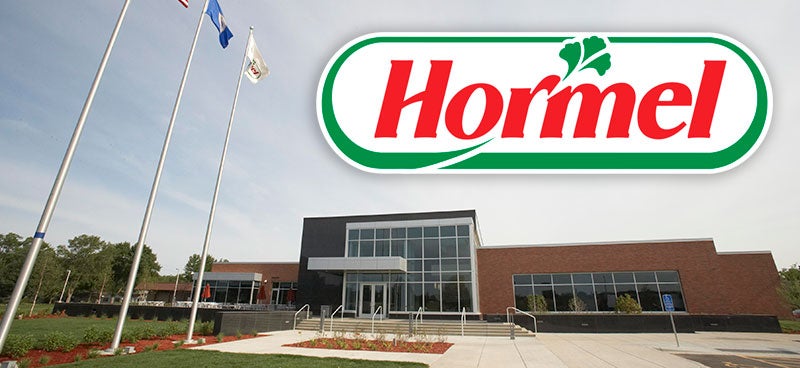Austin could see flooding in 2010
Published 6:53 am Thursday, February 4, 2010
Weather experts are projecting minor to moderate flooding along the Cedar River in coming months, but Austin’s main concern — this year and historically — is the summer.
That’s because nine of the 10 highest river crests of all time in the city have come between June and September, including the record 25-foot mark hit in September 2004.
“Typical floods we experience are not that spring flood event,” city engineer Jon Erichson said. “But they have happened.”
And because the possibility of a major spring flood exists, Erichson said he carefully monitors the National Weather Service for updates.
The NWS station in La Crosse, Wis.. — which monitors the Austin area — is currently reporting that the Cedar River and its tributaries are running well above their average levels for this time of year.
Dan Jones, a NWS meteorologist based in La Crosse, said the flood threat along the river is “minor to moderate” between now and mid- to late-April, meaning the stream could check in somewhere between 15 and 18 feet.
Jones said what actually happens depends on a number of factors, including when a warm-up comes and how quickly snow melts, as well as any rainfall that makes its way to the area.
The meteorologist said a timetable is hard to predict, but he did note that smaller tributaries of the Cedar River, like Dobbins Creek, often see snow and ice melting earlier than the larger river — sometimes as early as mid-March.
In addition to the obvious threat of runoff water from melting snow, Jones said plenty of water makes its way into the soil, often building up until the summer.
Combined with summer showers, this soil water is one of the reasons why summer flooding is such a big concern in the area.
“Lots of summer (flood) events equal wet soil plus rain,” he said.
Jones said the NWS monitors all of this and updates its flood projections throughout the year.
Erichson also keeps tabs, and the city engineer said the city is ready to act in the event of a flood — whether that’s in spring or summer.
Like during notable floods in 2004 and 2008, Erichson said the city would focus on sandbagging vulnerable areas, setting up temporary dikes and plugging sanitary sewers if there was a flood this year.
Another measure that could fight floods — though not this year — would be a wall on North Main Street near the Mill Pond. Plans are in place to start construction on such a wall later this year, though funding is not fully secured.
On Monday, Erichson presented four possible wall designs to city council. The wall he favors, along with a majority of council at this time, would be an “invisible” barrier that would be reinforced with planks if a flood became imminent. Erichson said the design provides better sightlines from Main Street to the Mill Pond, and would also be safer.
But with completion of the wall still at least a year away, the city engineer said he and his staff will work with the tools they have to combat any potential floods in 2010.
“We monitor it,” Erichson said of the threat of a flood. “We’re always paying attention.”





